The Choice of Hands in Palmistry Practice
Learn about the significance of the right and left hand in palmistry and how each contributes to a comprehensive reading.
article by Nora Pennington
Dual Hands, Distinct Meanings
Palmistry, a practice steeped in ancient wisdom, reads into the lines and shapes of one's hands to unveil insights about their life, character, and destiny. An initial consideration for both practitioners and enthusiasts is which hand to examine, for each holds its unique narrative. The left hand, traditionally associated with potential and latent talents, is often contrasted with the right hand, considered a reflection of one's conscious actions and life experiences. Together, they paint a multifaceted portrait of an individual's past, present, and future.

The Dominant Hand: A Dynamic Chronicle
In contemporary palmistry discourse, the dominant hand—typically the one a person writes with—is given considerable attention. It's viewed as a dynamic map of one's life path; the hand through which personal choices, external influences, and evolving attitudes flow and leave their mark. For right-handed individuals, the right hand often represents the practical manifestation of their will and efforts. While for the left-handed among us, the opposite is true, thereby illustrating palmistry's personalized approach to analyzing lived experiences.

The Non-Dominant Hand: A Glimpse into Potential
The non-dominant hand, or the passive hand, is perceived as the bearer of inherited traits, karmic challenges, and the blueprint of one's innate possibilities. It's akin to a canvas before it fills with the hues of the choices that weave one's destiny. By examining this hand, the palm-reader may infer qualities and tendencies ingrained from birth, thus shedding light on latent abilities or alternate paths yet unfollowed. This hand is usually less changeable than the dominant one, serving as a standard against which personal development may be measured.
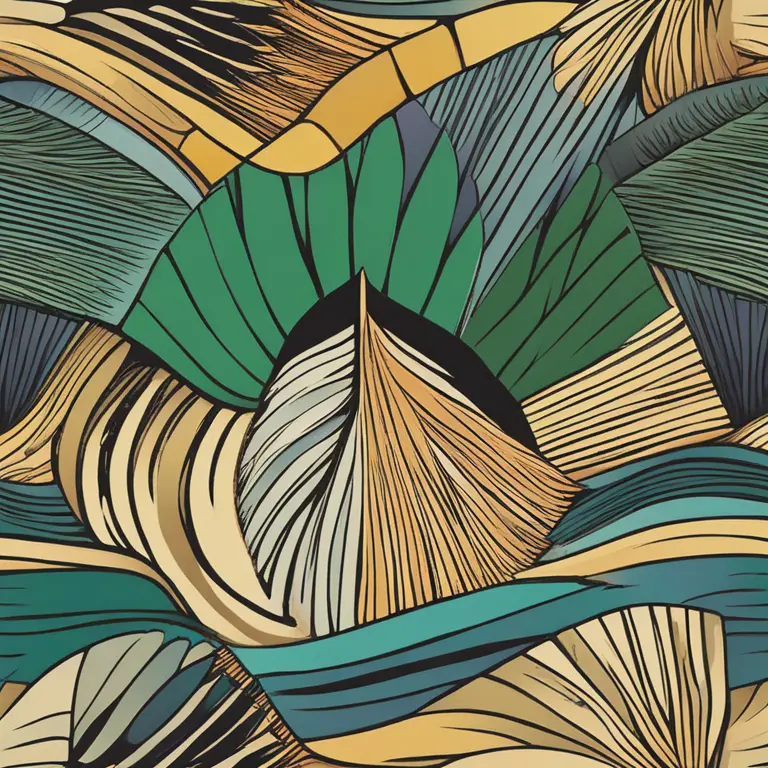
Interplay of Hands in a Holistic Analysis
A holistic analysis in palmistry involves synthesizing the findings from both hands to provide a complete picture of the individual. It can offer insights into how one's innate characteristics interact with and shape their life choices. For those on a journey of self-discovery or facing crossroads, understanding this interplay can prove insightful. The nuances found in the lines, mounts, and shapes of each hand can offer a map to personal growth and a deeper understanding of potential future trajectories.
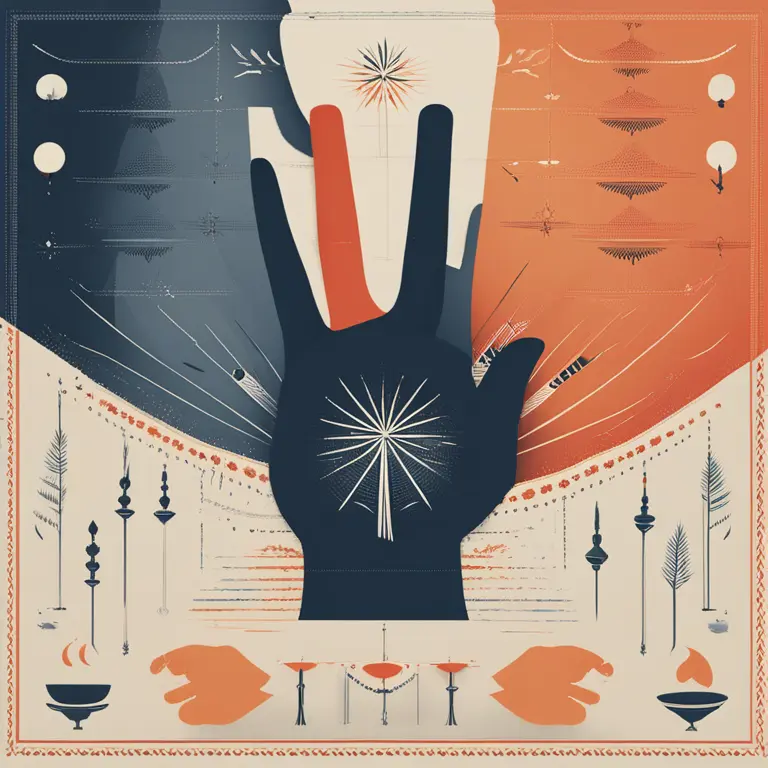
Changes Over Time: The Palm's Narrative
Remarkably, the lines and features of the palms are not static; they transform as we navigate through life. This dynamism is paramount in readings, as it suggests that our hands tell an evolving story, adapting to changes in our actions, habits, and outlooks. Therefore, regular readings can chart one's personal growth, offering guidance and reflection on the success of past decisions and potential paths forward. This characteristic makes palmistry a unique tool for continual self-assessment and adjustment.
Embracing Variations Across Cultures
Cultural intricacies also play a role in determining which hand to read. For instance, some Eastern palmistry traditions put greater emphasis on the left hand for women and the right for men. However, as palmistry practices evolve, there is a growing consensus that regardless of gender, both hands should be considered for a thorough and unbiased interpretation. This evolution signifies palmistry's adaptability and the fusion of traditional knowledge with contemporary practice.
Published: 1/11/2024
Modified: 1/12/2024
More predictions
Come back here soon to learn more about yourself and your future

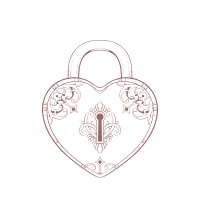
The Essence of Palmistry: Interpreting Lines and Shapes
Delve into the world of palmistry to discover the meanings behind the lines and shapes etched into the palms of your hands.
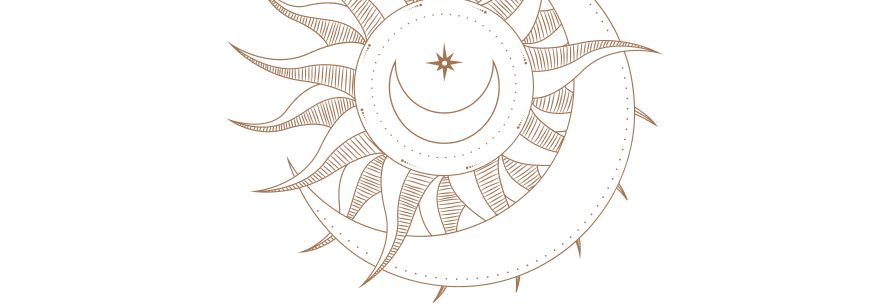

The Efficacy of Palmistry: Real Insight or Fancy?
Delve into the validity of palmistry as a form of divination. Is there a truth behind the lines on our palms, or is it just a charming fancy?
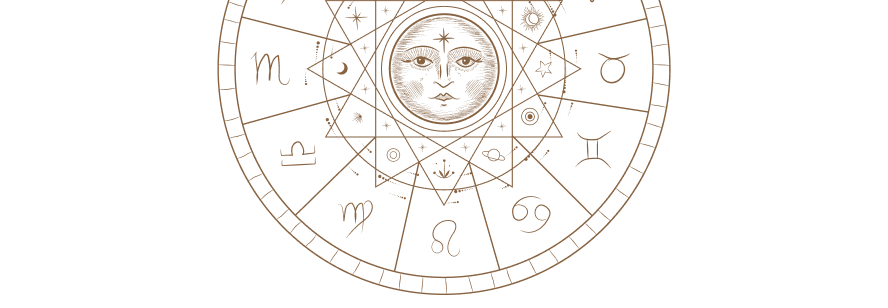
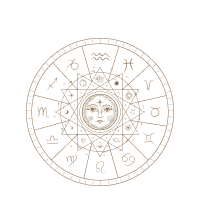
The Ancient Art of Vedic Palmistry
Discover the ancient art of Vedic Palmistry and its practice in the modern era, revealing the secrets held within the lines of the hand.